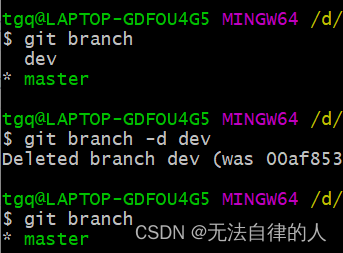目录
引言
链表的分类
双向链表的结构
双向链表的实现
定义
创建新节点
初始化
打印
尾插
头插
判断链表是否为空
尾删
头删
查找与修改
指定插入
指定删除
销毁
顺序表和双向链表的优缺点分析
源代码
dlist.h
dlist.c
test.c
引言
数据结构之路在链表章节,前面介绍过单链表,今天我们来介绍最复杂的链表——双向链表(Double Linked List)
链表的分类
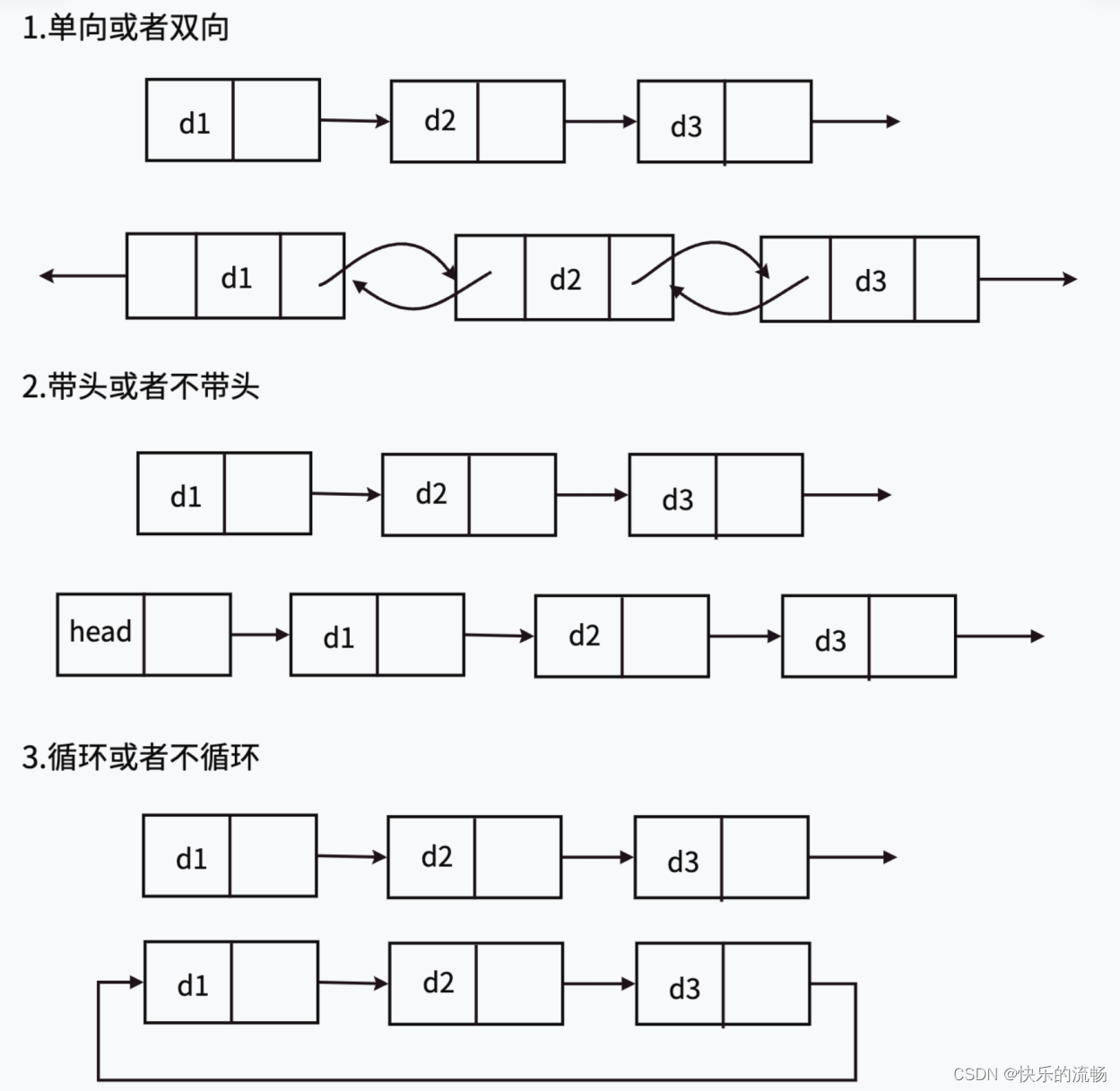
虽然有这么多的链表的结构,但是我们实际中 最常用 还是 两种结构 : 单链表 和 双向带头循环链表1. 无头单向非循环链表 :结构简单,一般不会单独用来存数据。实际中更多是作为其他数据结构的 子结构 ,如 哈希桶、图的邻接表 等等。另外这种结构在 笔试面试 中出现很多。2. 带头双向循环链表 :结构最复杂,一般用在单独存储数据。实际中使用的链表数据结构,都是带头双向循环链表。另外这个结构虽然结构复杂,但是使用代码实现以后会发现结构会带来很多优势, 实现 反而 简单 了,后面我们代码实现了就知道了。
前面我们讲的单链表,就是无头单向非循环链表,而现在讲的双向链表,就是带头双向循环链表。
双向链表的结构

注意: 这里的 “带头” 跟前面我们说的“头节点”是两个概念,实际前面的在单链表阶段称呼不严谨,但是为了同学们更好的理解就直接称为单链表的头节点。带头链表里的头节点,实际为“哨兵位” ,哨兵位节点 不存储任何有效元素 ,只是站在这里“放哨的”“哨兵位”存在的意义:遍历循环链表避免死循环
双向链表的实现
定义
与单链表不同,一个节点里有两个指针,分别指向前节点和后节点,实现双向

创建新节点
创建新节点与单链表大致相同,抽离成函数方便创建节点

初始化
双向链表与单链表很大区别,就是在于初始化,创建哨兵位,而哨兵位不存储有效数据,所有这里存入-1,并让prev和next指针都指向自身

打印
首先assert断言,因为phead指向哨兵位,一定不为空,其次因为双向循环链表里没有NULL,所有停止条件就看哨兵位,当cur指针的下一个为哨兵位时,就代表走到尾部了

尾插
双向循环结构在空链表插入时,带来了极大的便利。因为prev指针的存在,使得找尾十分方便,不用遍历链表,直接访问哨兵位的上一个节点即可


如果是单链表,是不是还要讨论空链表的特殊情况啊?但是,在双向循环链表中,上述代码就可包含所有情况。因为哨兵位的存在,使得链表一定不为空。

同时,因为哨兵位的存在,我们不用传二级指针了,只用对结构体进行操作。怎么样,有没有发现双向链表的巨大优势?
运行结果
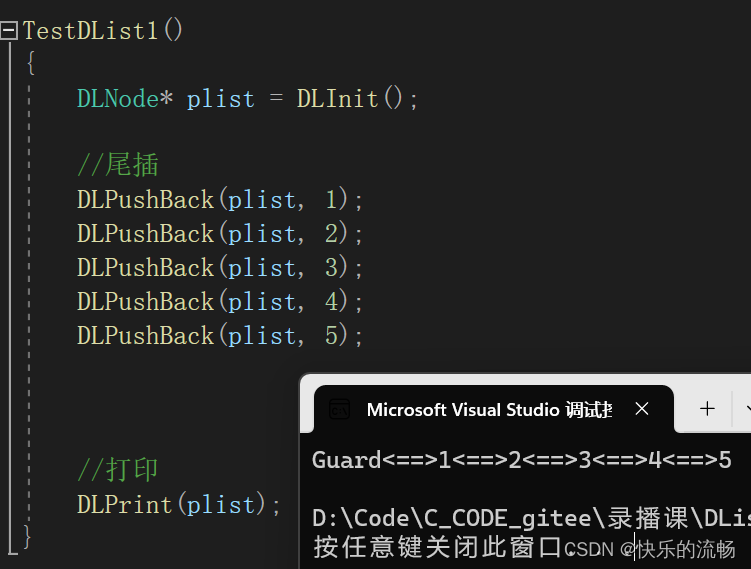
头插
头插时,要注意的就是要先链接后一个节点,再链接前一个节点
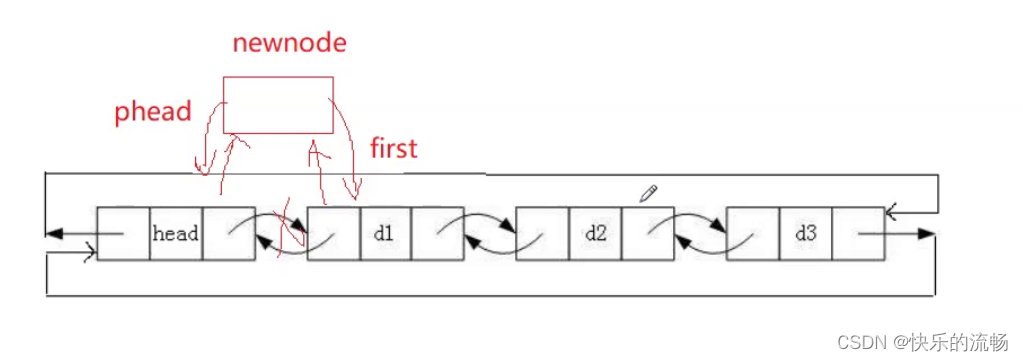
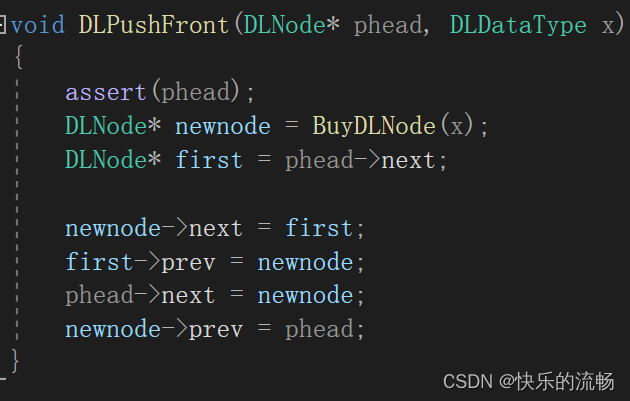
运行结果

判断链表是否为空
删除值得注意的是,不能删除哨兵位,要不然后续都无法对链表进行操作,所以专门写个函数来判断除了哨兵位链表是否为空,再用assert断言返回值
如果phead和phead->next相等,则为空,返回1,即为真 ;不相等,则不为空,返回0,即为假

尾删
经历过单链表,双向链表的尾删就显得太简单了。找尾tail直接往phead的上一位,同时创建tailPrev,在释放尾部节点后,双向链接哨兵位

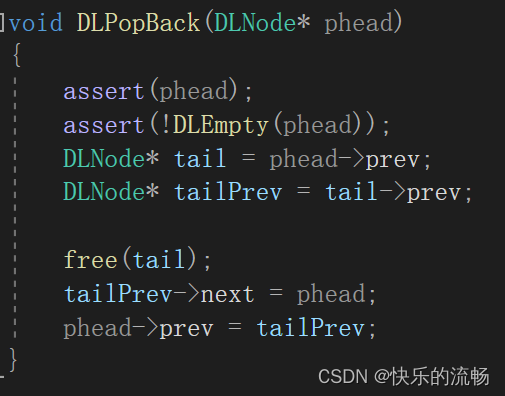
运行结果
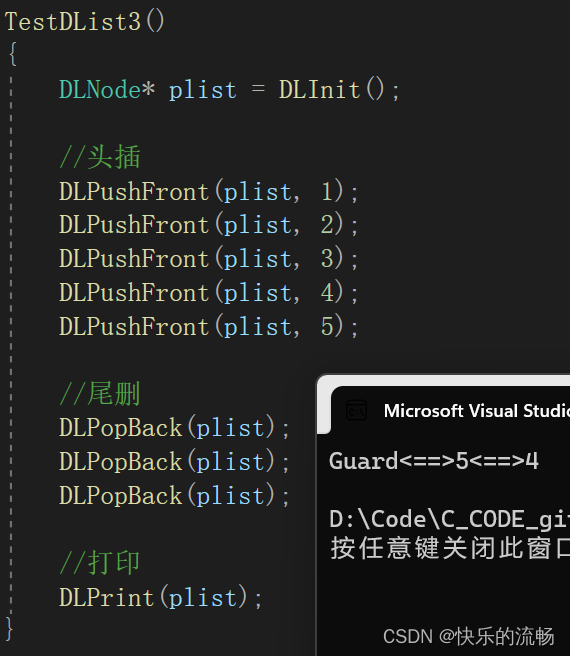
头删
同样,双向链表的头删也很简单。 找头first往phead的下一位,再创建second,在释放头部空间后,双向链接哨兵位


运行结果
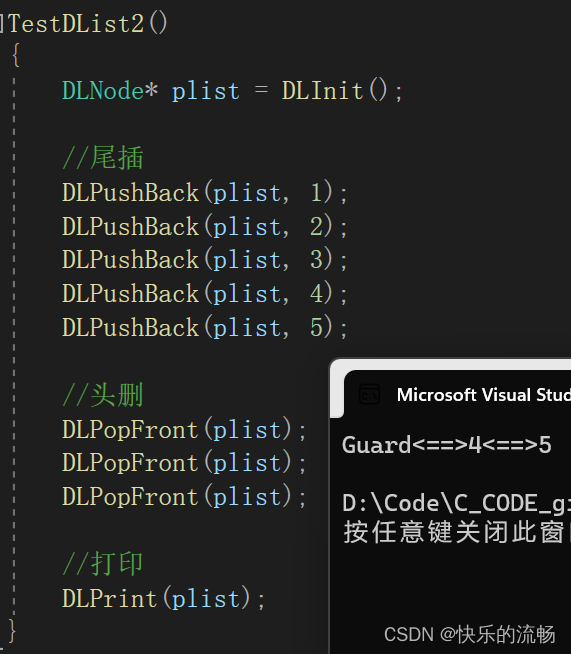
查找与修改
双向链表的查找,找到返回地址,找不到返回NULL。要注意的是从哨兵位的下一位开始找,因为哨兵位是不存储有效数据的,直到重新找到哨兵位
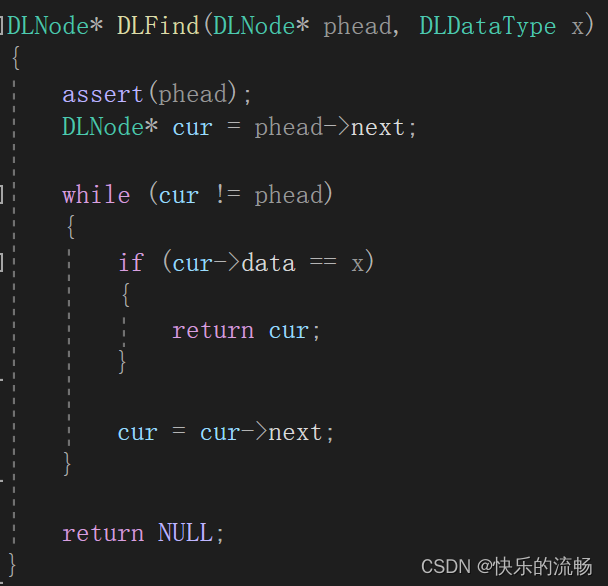
运行结果
查找到地址后,就可以对其解引用访问,进行修改
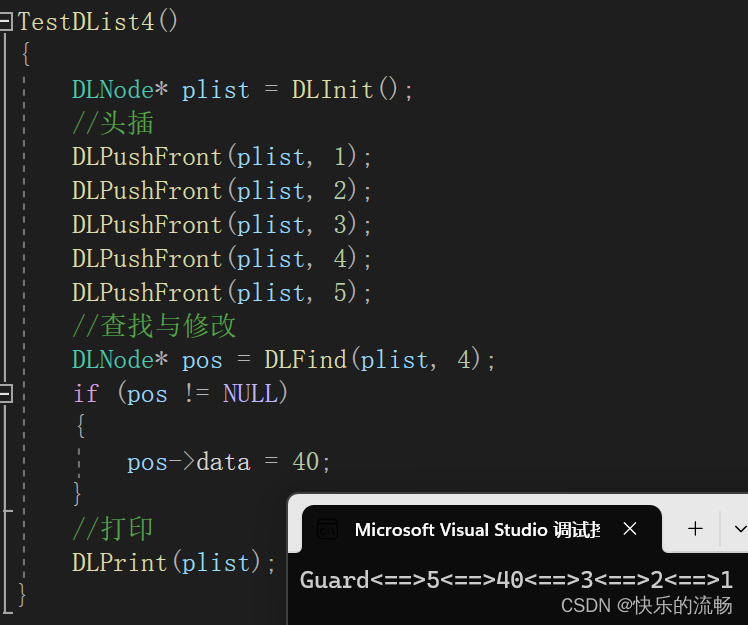
指定插入
在pos前插入
在双向链表,找到pos的上一个节点的地址prev太简单了
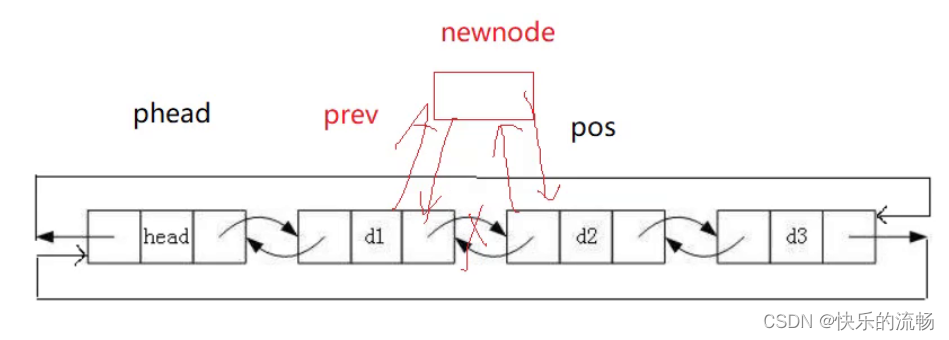

运行结果

在这里可以复用指定插入函数,快速实现头插和尾插
头插


尾插


指定删除
创建posPrev和posNext两个指针,释放掉pos的节点空间,再相互链接
在pos删除


运行结果

在这里也可以复用指定删除函数,快速实现头删和尾删
头删
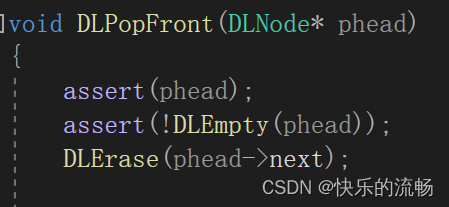
尾删

大家有没有发现,因为双向链表存在哨兵位,链表不为空,省去了很多关于空链表和空指针的讨论,一路下来浑身舒畅
销毁
双向链表的销毁,值得注意的是最后哨兵位也要释放掉,因为为了保持用一级指针的连贯性,所以我们选择最后手动在外部将链表指针置为NULL,实现半自动(和free函数的逻辑一致)

运行结果
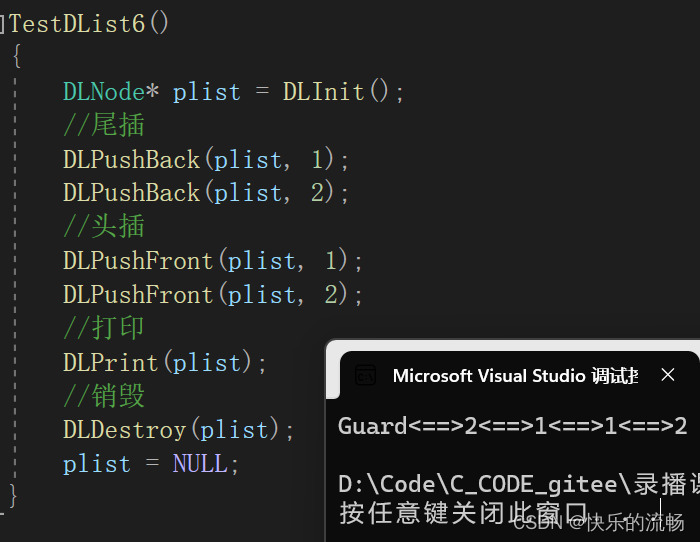
这样我们就完成了对双向链表的增删查改等功能的实现
顺序表和双向链表的优缺点分析
我们看到,双向链表的好处是如此巨大的,那是否就代表前面学的顺序表就很low呢?
| 不同点 | 顺序表 | 链表 |
|---|---|---|
| 存储空间上 | 物理上一定连续 | 逻辑上连续,但物理上不一定连续 |
| 随机访问 | 支持O(1) | 不支持:O(N) |
| 任意位置插入或者删除元素 | 可能需要搬移元素,效率低O(N) | 只需修改指针指向 |
| 插入 | 动态顺序表,空间不够时需要扩容 | 没有容量的概念 |
| 应用场景 | 元素高效存储+频繁访问 | 任意位置插入和删除频繁 |
源代码
dlist.h
#pragma once
#include<stdio.h>
#include<assert.h>
#include<stdlib.h>
#include<stdbool.h>typedef int DLDataType;
typedef struct DListNode
{struct DListNode* prev;struct DListNode* next;DLDataType data;
}DLNode;//初始化
DLNode* DLInit();
//打印
void DLPrint(DLNode* phead);
//销毁
void DLDestroy(DLNode* phead);//检测链表是否为空
bool DLEmpty(DLNode* phead);
//尾插
void DLPushBack(DLNode* phead, DLDataType x);
//尾删
void DLPopBack(DLNode* phead);
//头插
void DLPushFront(DLNode* phead, DLDataType x);
//头删
void DLPopFront(DLNode* phead);//查找
DLNode* DLFind(DLNode* phead, DLDataType x);//在pos前指定插入
void DLInsert(DLNode* pos, DLDataType x);
//在pos指定删除
void DLErase(DLNode* pos);dlist.c
#define _CRT_SECURE_NO_WARNINGS 1
#include"dlist.h"DLNode* BuyDLNode(DLDataType x)
{DLNode* newnode = (DLNode*)malloc(sizeof(DLNode));if (newnode == NULL){perror("malloc fail");return NULL;}newnode->data = x;newnode->prev = NULL;newnode->next = NULL;return newnode;
}DLNode* DLInit()
{DLNode* phead = BuyDLNode(-1);phead->next = phead;phead->prev = phead;return phead;
}void DLPrint(DLNode* phead)
{assert(phead);DLNode* cur = phead;printf("Guard");while (cur->next != phead){cur = cur->next;printf("<==>%d", cur->data);}printf("\n");
}bool DLEmpty(DLNode* phead)
{assert(phead);return phead == phead->next;
}void DLPushBack(DLNode* phead, DLDataType x)
{assert(phead);DLInsert(phead, x);//DLNode* newnode = BuyDLNode(x);//DLNode* tail = phead->prev;////tail->next = newnode;//newnode->prev = tail;//phead->prev = newnode;//newnode->next = phead;
}void DLPopBack(DLNode* phead)
{assert(phead);assert(!DLEmpty(phead));DLErase(phead->prev);//DLNode* tail = phead->prev;//DLNode* tailPrev = tail->prev;////free(tail);//tailPrev->next = phead;//phead->prev = tailPrev;
}void DLPushFront(DLNode* phead, DLDataType x)
{assert(phead);DLInsert(phead->next, x);//DLNode* newnode = BuyDLNode(x);//DLNode* first = phead->next;//newnode->next = first;//first->prev = newnode;//phead->next = newnode;//newnode->prev = phead;
}void DLPopFront(DLNode* phead)
{assert(phead);assert(!DLEmpty(phead));DLErase(phead->next);//DLNode* first = phead->next;//DLNode* second = first->next;//second->prev = phead;//phead->next = second;//free(first);
}DLNode* DLFind(DLNode* phead, DLDataType x)
{assert(phead);DLNode* cur = phead->next;while (cur != phead){if (cur->data == x){return cur;}cur = cur->next;}return NULL;
}void DLInsert(DLNode* pos, DLDataType x)
{assert(pos);DLNode* newnode = BuyDLNode(x);DLNode* prev = pos->prev;prev->next = newnode;newnode->prev = prev;newnode->next = pos;pos->prev = newnode;
}void DLErase(DLNode* pos)
{assert(pos);DLNode* posPrev = pos->prev;DLNode* posNext = pos->next;posPrev->next = posNext;posNext->prev = posPrev;free(pos);
}void DLDestroy(DLNode* phead)
{assert(phead);DLNode* cur = phead->next;while (cur != phead){DLNode* next = cur->next;free(cur);cur = next;}free(phead);
}test.c
#define _CRT_SECURE_NO_WARNINGS 1
#include"dlist.h"TestDList1()
{DLNode* plist = DLInit();//尾插DLPushBack(plist, 1);DLPushBack(plist, 2);DLPushBack(plist, 3);DLPushBack(plist, 4);DLPushBack(plist, 5);//头插DLPushFront(plist, 1);DLPushFront(plist, 2);DLPushFront(plist, 3);DLPushFront(plist, 4);DLPushFront(plist, 5);//打印DLPrint(plist);
}TestDList2()
{DLNode* plist = DLInit();//尾插DLPushBack(plist, 1);DLPushBack(plist, 2);DLPushBack(plist, 3);DLPushBack(plist, 4);DLPushBack(plist, 5);//头删DLPopFront(plist);DLPopFront(plist);DLPopFront(plist);//打印DLPrint(plist);
}TestDList3()
{DLNode* plist = DLInit();//头插DLPushFront(plist, 1);DLPushFront(plist, 2);DLPushFront(plist, 3);DLPushFront(plist, 4);DLPushFront(plist, 5);//尾删DLPopBack(plist);DLPopBack(plist);DLPopBack(plist);//打印DLPrint(plist);
}TestDList4()
{DLNode* plist = DLInit();//头插DLPushFront(plist, 1);DLPushFront(plist, 2);DLPushFront(plist, 3);DLPushFront(plist, 4);DLPushFront(plist, 5);//查找与修改DLNode* pos = DLFind(plist, 4);if (pos != NULL){pos->data = 40;//在pos前指定插入DLInsert(pos, 100);}//打印DLPrint(plist);
}TestDList5()
{DLNode* plist = DLInit();//头插DLPushFront(plist, 1);DLPushFront(plist, 2);DLPushFront(plist, 3);DLPushFront(plist, 4);DLPushFront(plist, 5);//查找与修改DLNode* pos = DLFind(plist, 4);if (pos != NULL){pos->data = 40;//在pos指定删除DLErase(pos);}//打印DLPrint(plist);
}TestDList6()
{DLNode* plist = DLInit();//尾插DLPushBack(plist, 1);DLPushBack(plist, 2);//头插DLPushFront(plist, 1);DLPushFront(plist, 2);//打印DLPrint(plist);//销毁DLDestroy(plist);plist = NULL;
}int main()
{TestDList6();return 0;
}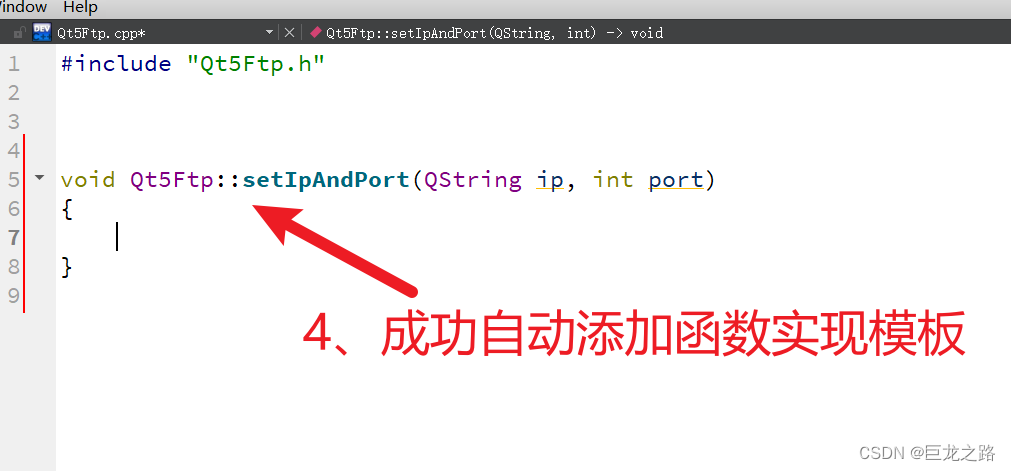
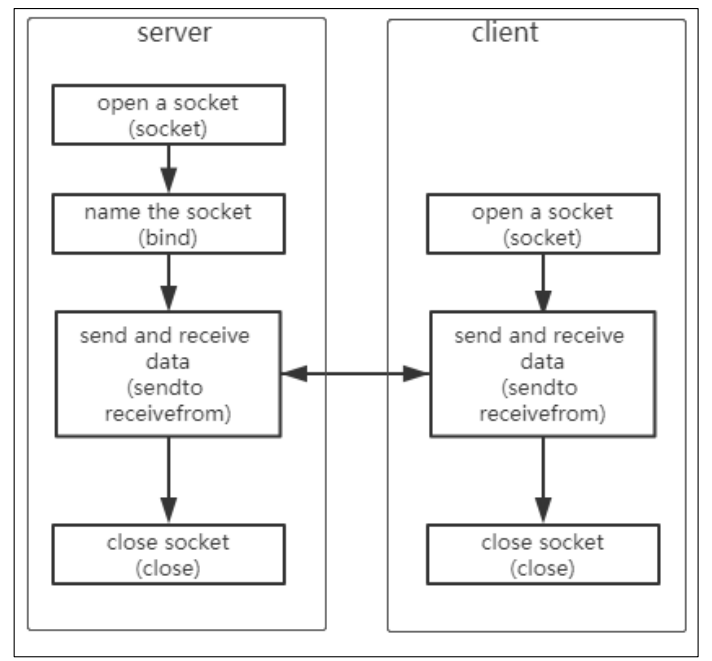
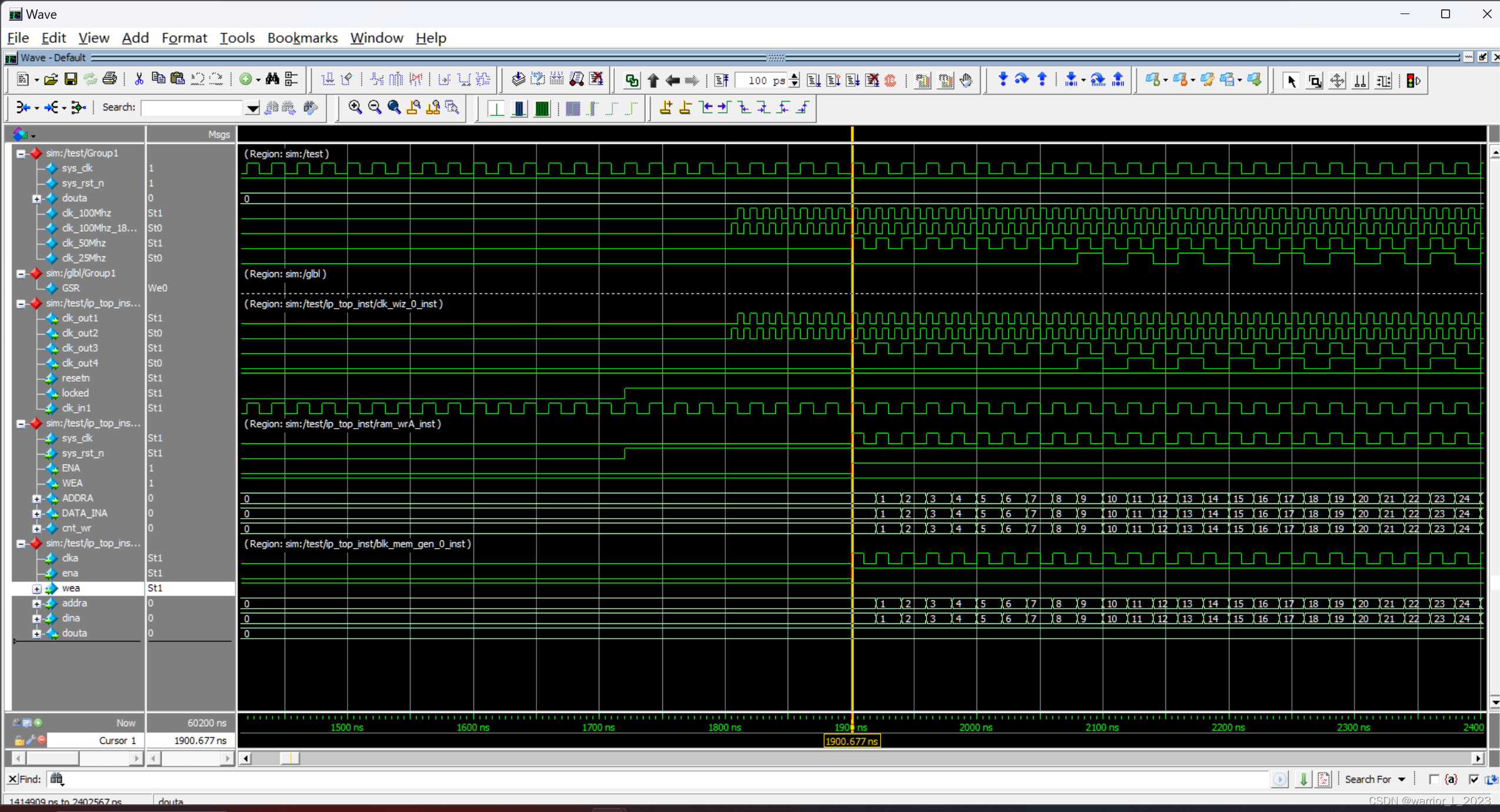
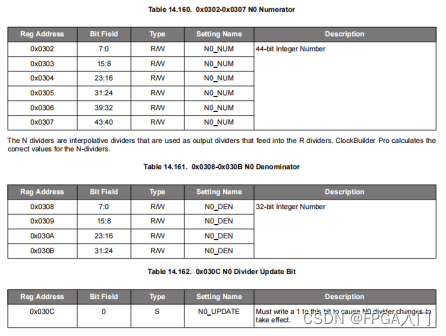




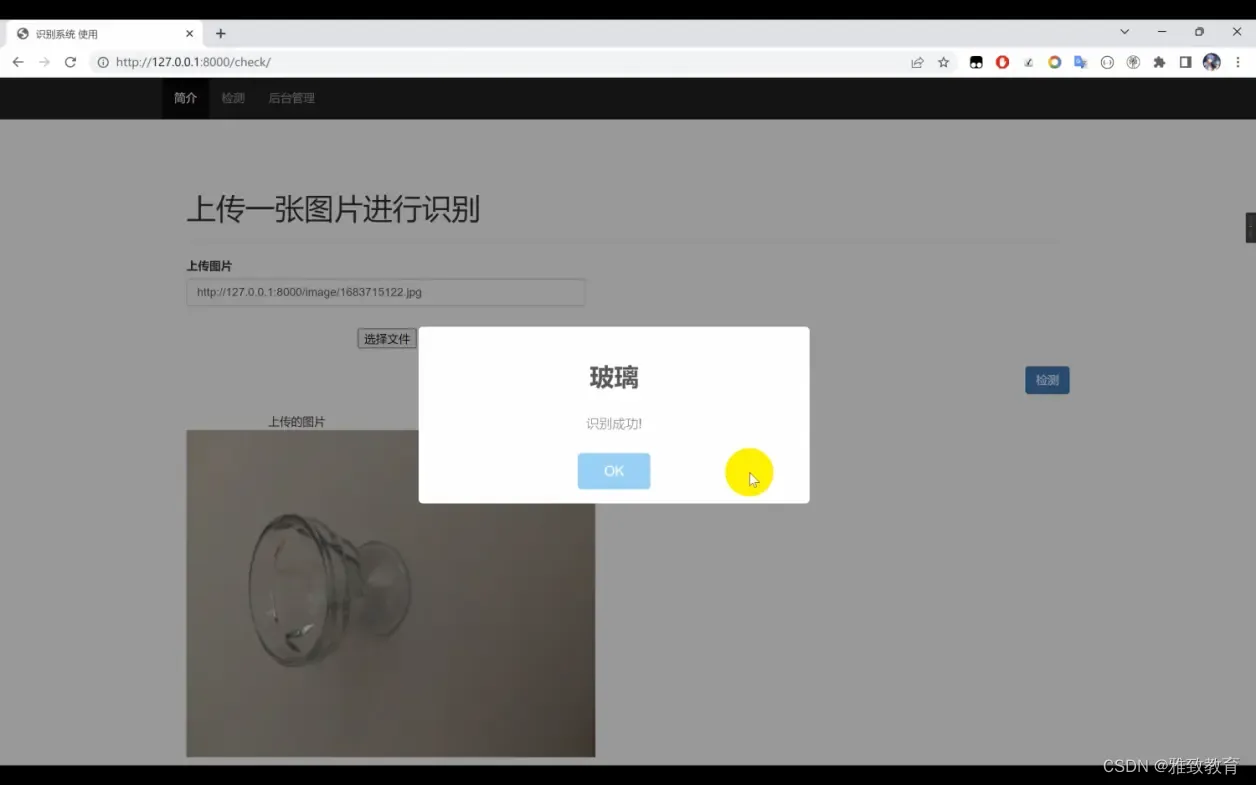

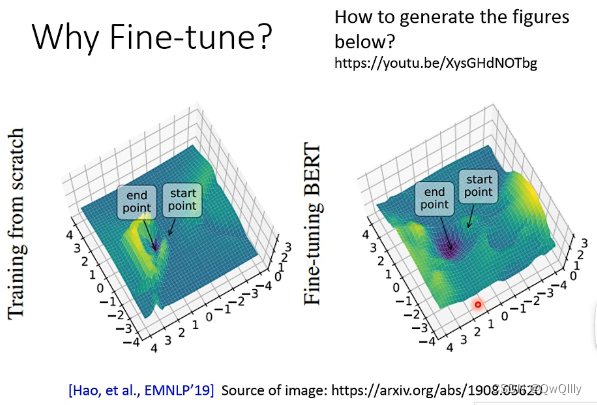


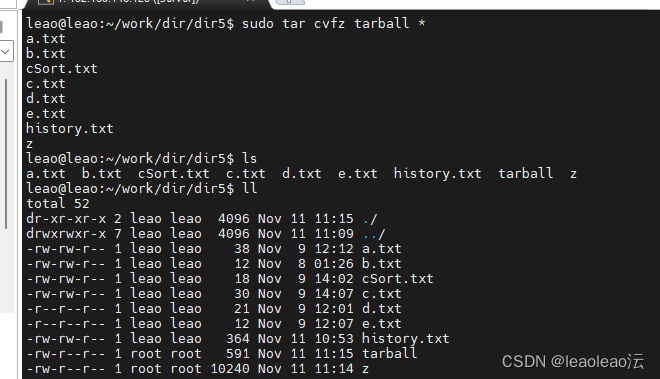

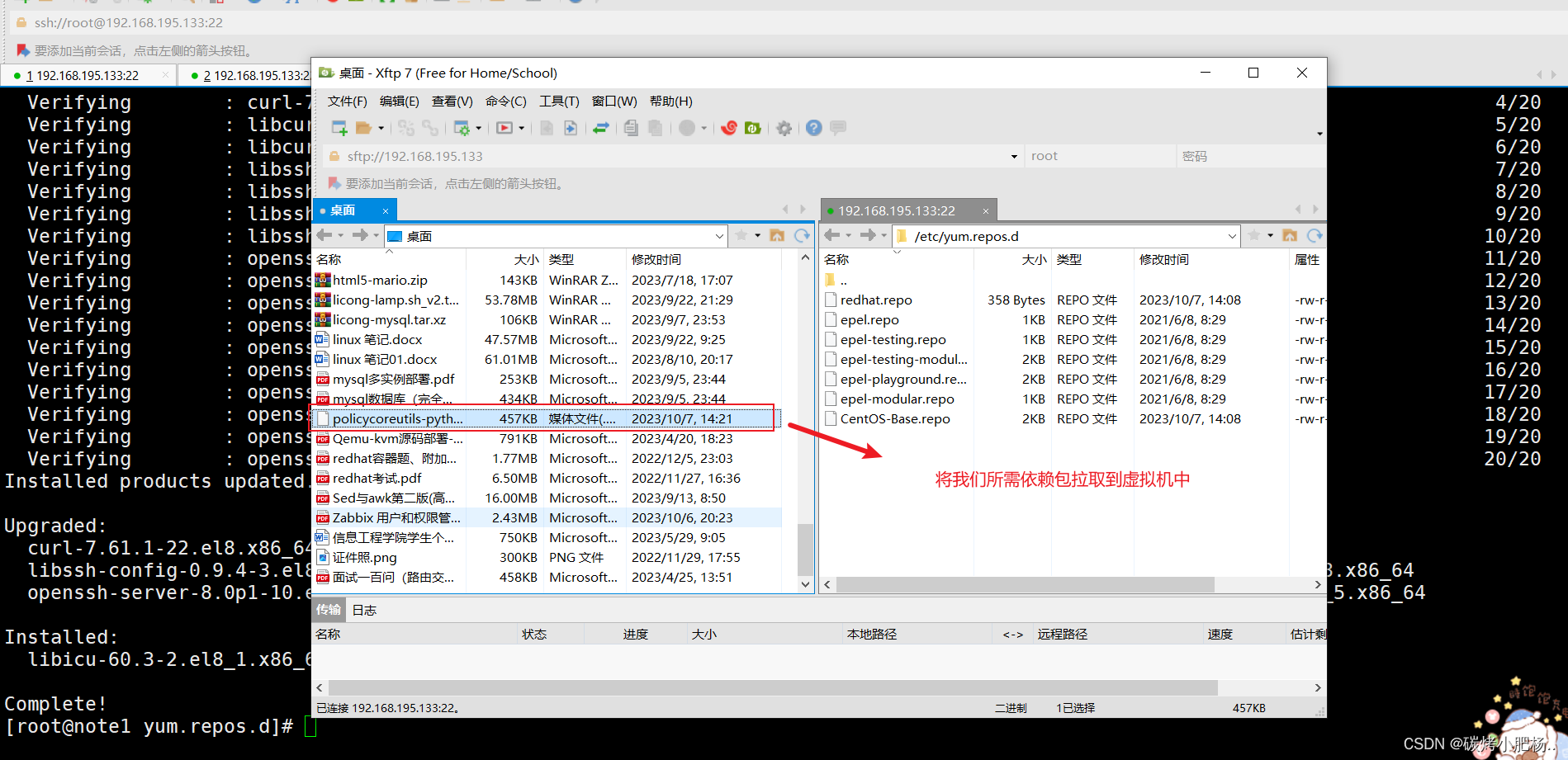
![[PHP]Kodexplorer可道云 v4.47](https://img-blog.csdnimg.cn/532b538062ec407b85784c9884eef039.png)


